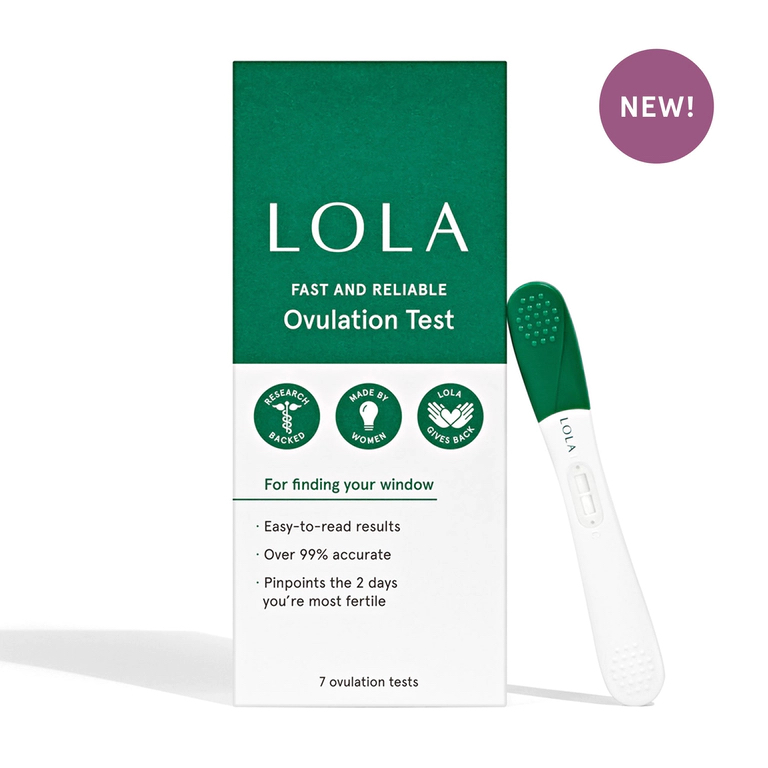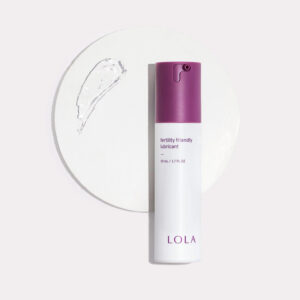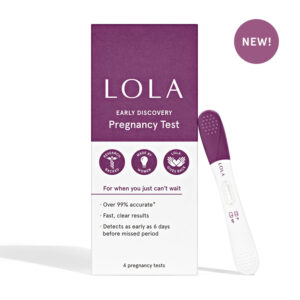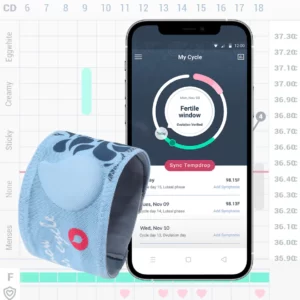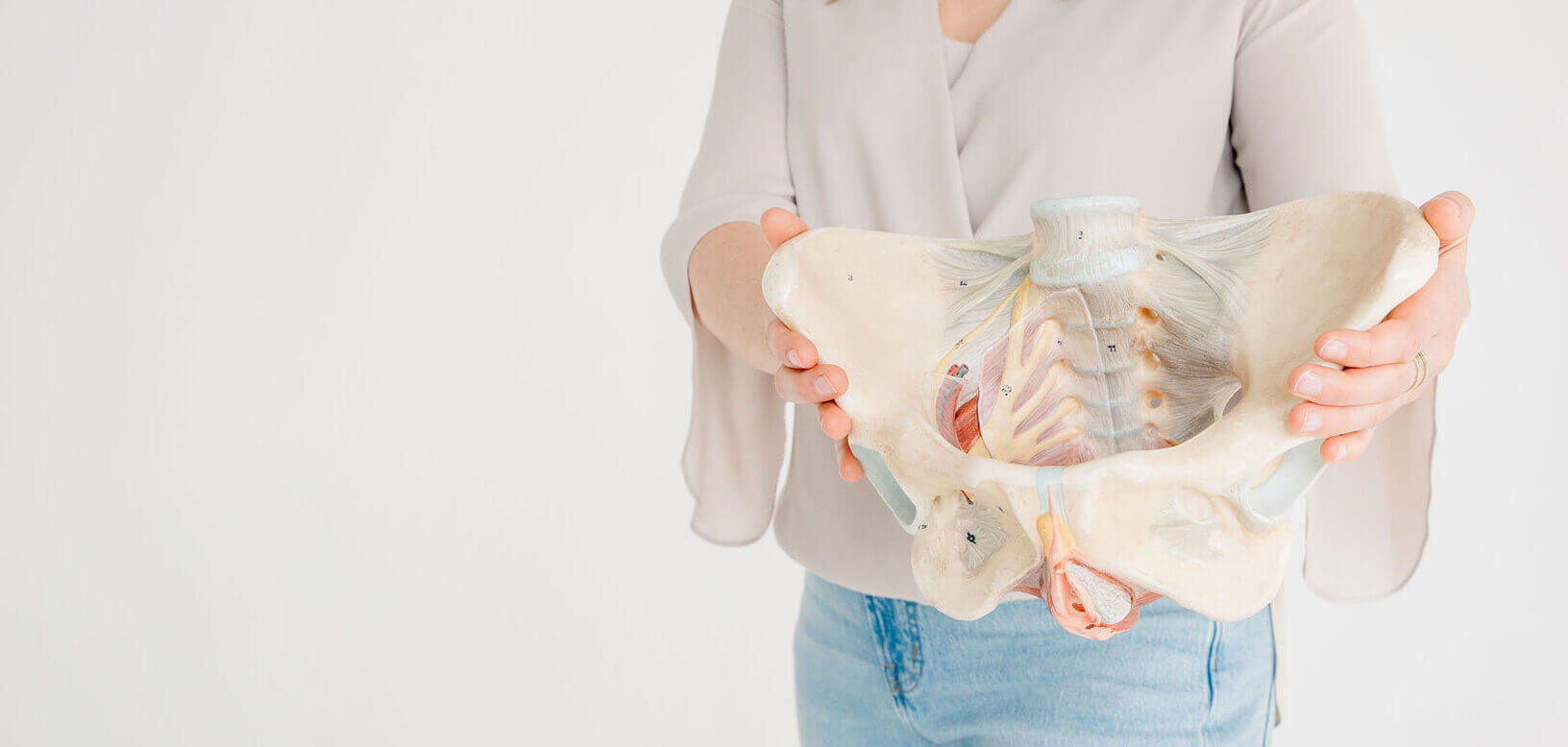
Shop
Ovulation Test
$18.00
Did you know that people with a uterus will have a period of time that they are more fertile? There are typically 7 days of high fertility during the menstrual cycle. Use the Lola ovulation test to find when you’re most fertile; even pinpointing the 2 most fertile days! Enjoy the clear and easy to read results, with 99% accuracy!
This is an external affiliate link
Recommended by Dr. Laura Meihofer
This product is recommended by Dr. Laura Meihofer, a licensed Physical Therapist, athletic trainer and yoga instructor specalizing in pelvic floor therapy.
The 7 Days of High Fertility
The average menstrual cycle is about 28 days long. Everyone’s cycle is different, and some people will experience different or irregular cycles, menstruation days, heaviness, etc. Having a cycle that is anywhere from 21-35 days is also normal. But typically, the cycle consists of:
- 1-7 days of menstruation or “bleeding,”
- Then, around 2 days where it is slightly more possible to conceive,
- Next is the 5 most fertile days,
- Followed by another 2 days of higher-chances to conceive…
- Lastly, 12 days where you’re less likely to conceive while the uterine lining thickens.
This is a very basic model of the menstrual cycle. The cycle can differ for everyone, but knowing about your own cycle can help you identify when you are the most fertile, and your 7 days of high fertility. Those seven days are typically the 5 days leading up to ovulation, the day of ovulation, and the day after. If you have very irregular periods, each period lasting a different length of time from month to month, it can be difficult to try and track or predict your 7 days of high fertility.
Using the Lola Ovulation Test
If you have irregular periods or just can’t seem to identify symptoms of ovulation, a test will come in handy! An ovulation test uses your urine to calculate the levels of luteinizing hormone (a hormone that tells your brain to release an egg). The level of this hormone should surge right before ovulation. So when you take the Lola ovulation test and see a positive result, you can expect ovulation within the next 24-48 hours. That is your cue, if you are trying to get pregnant!
The Lola Ovulation Test box comes with 7 tests, so you can better pinpoint your 2 most fertile days. If your results show a faded line, that means a small amount of the LH hormone was detected, but you should try again the next day and see if you receive a stronger line (indicting a LH surge). Try to track your period cycle the best you can using a calendar to better assist your chosen test days.
Use the ovulation test to have a better idea of when to try to conceive. If you are actively trying to get pregnant, don’t forget to prepare your body for what’s to come! If you are trying to avoid getting pregnant, just be aware that identifying your 7 days of high fertility is not a reliable form of contraception, and you should be using other methods as well.


